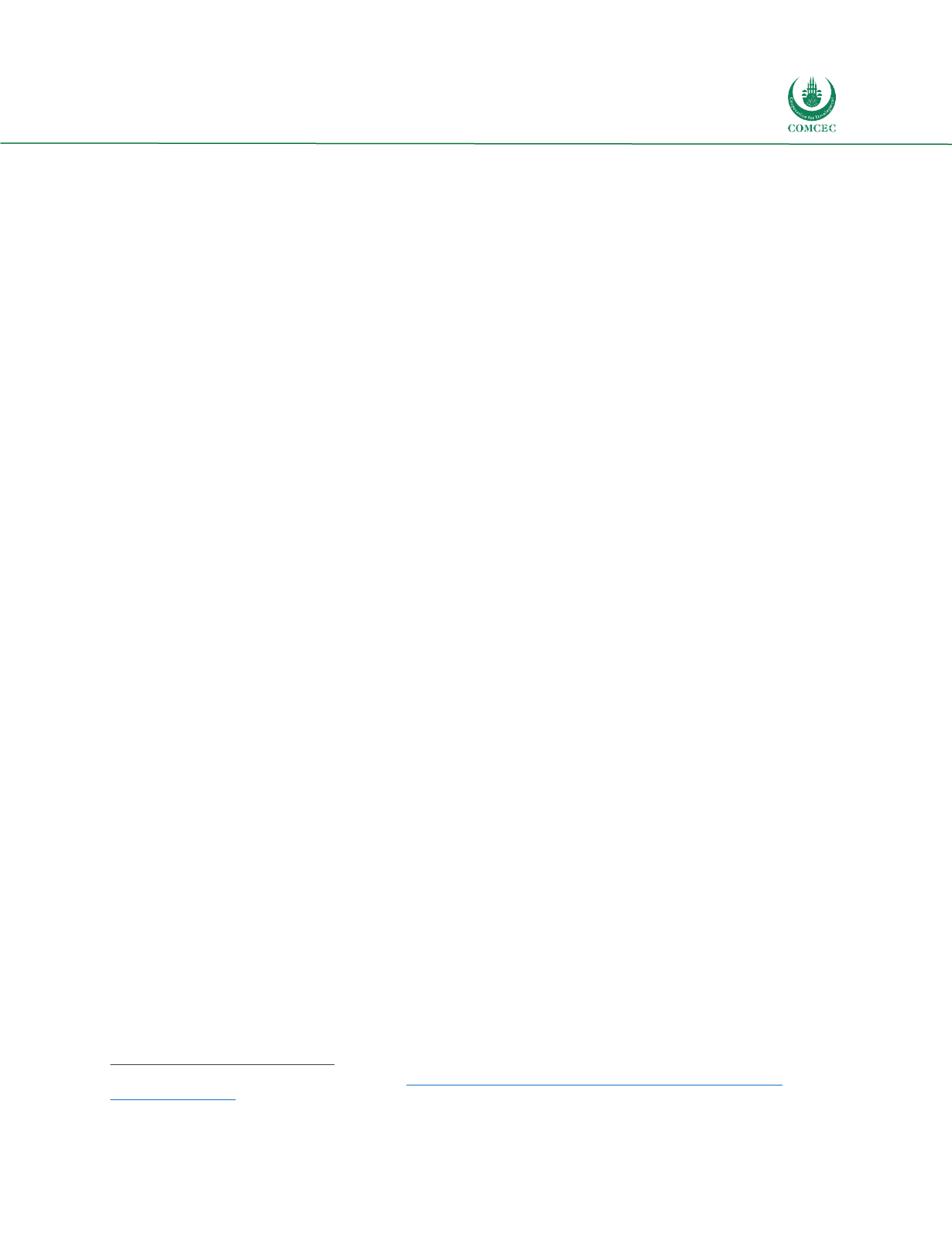

Destination Development and
Institutionalization Strategies
In the OIC Member Countries
125
a.
The role of DMOs in terms of marketing
Travel Oregon’s annual marketing budget is $17 million which represents about half of the DMOs allocated
budget.
In terms of promotion, Travel Oregon uses the following channels: social media, e-newsletters, website
marketing. The DMO is currently building a Visitor Life Cycle Management system that gathers data on
prospects based on which it delivers customized content. The system will allow the DMO to deliver content
that is tailored to where they are in the visitor life cycle through the website, e-newsletter and social media.
The Oregon Tourism Commission uses both demographic and psychographic/behavioral segmentation in
identifying their target markets. In terms of US travelers, it targets adults aged 25 to 64 who spend $1,000 or
more on vacation travel each year. In terms of psychographic segmentation, it targets adventurous, curious,
and experience-driven people for whom travel has become a lifestyle.
377
Its Global Sales teamparticipates in several international anddomestic travel trade and consumer shows each
year. Qualified leads from the tradeshows are distributed to the regional DMOs in Oregon as well as to the
Oregon Tour and Travel Alliance, which is a non-profit membership-based organization that works in
partnership with Travel Oregon to increase packaged travel to Oregon.
In terms of marketing communication, the content team oversees the development, production and
distributionof a wide range of content, including an annual print visitor guide, about 30 digital feature stories,
videos and itineraries each quarter. The goal of this content is to evoke an emotional response from readers
and ignite a desire to travel. The DMO also works with influencers. It curates and features stories from
bloggers, Oregon personalities and content partners.
Travel Oregon conducts PR campaigns. Its Global Communications Department works with international and
domestic media by providing them with information about the state and by hosting journalists and travel
writers on press trips.
The DMO operates eight Welcome Centers that are located at high-traffic gateways to the state, at which they
distribute the visitors guide and industry brochures.
In terms of sales, Travel Oregon works with tour operators who sell Oregon to its target markets.
Go Great Lakes is responsible for developing and managing the destination brand, in addition to conducing
public relations and promotions campaigns.
The DMO promotes the destination to leisure travelers through trade shows, print advertising and social
media marketing. The DMO focuses on social, digital marketing, which includes banner campaigns on
TripAdvisor and other relevantwebsites, in additionto contentmarketing, and trying to engagewith potential
visitors on their most-used platforms. They track analytics throughout the year and report on progress.
Go Great Lakes also has a blog for which they develop an annual editorial plan to guide content. They also
include content from guest bloggers.
377
Travel Oregon (2017).
The Americas
. Retrieved fro
m http://industry.traveloregon.com/industry-resources/oregons-target- markets/the-americas/















